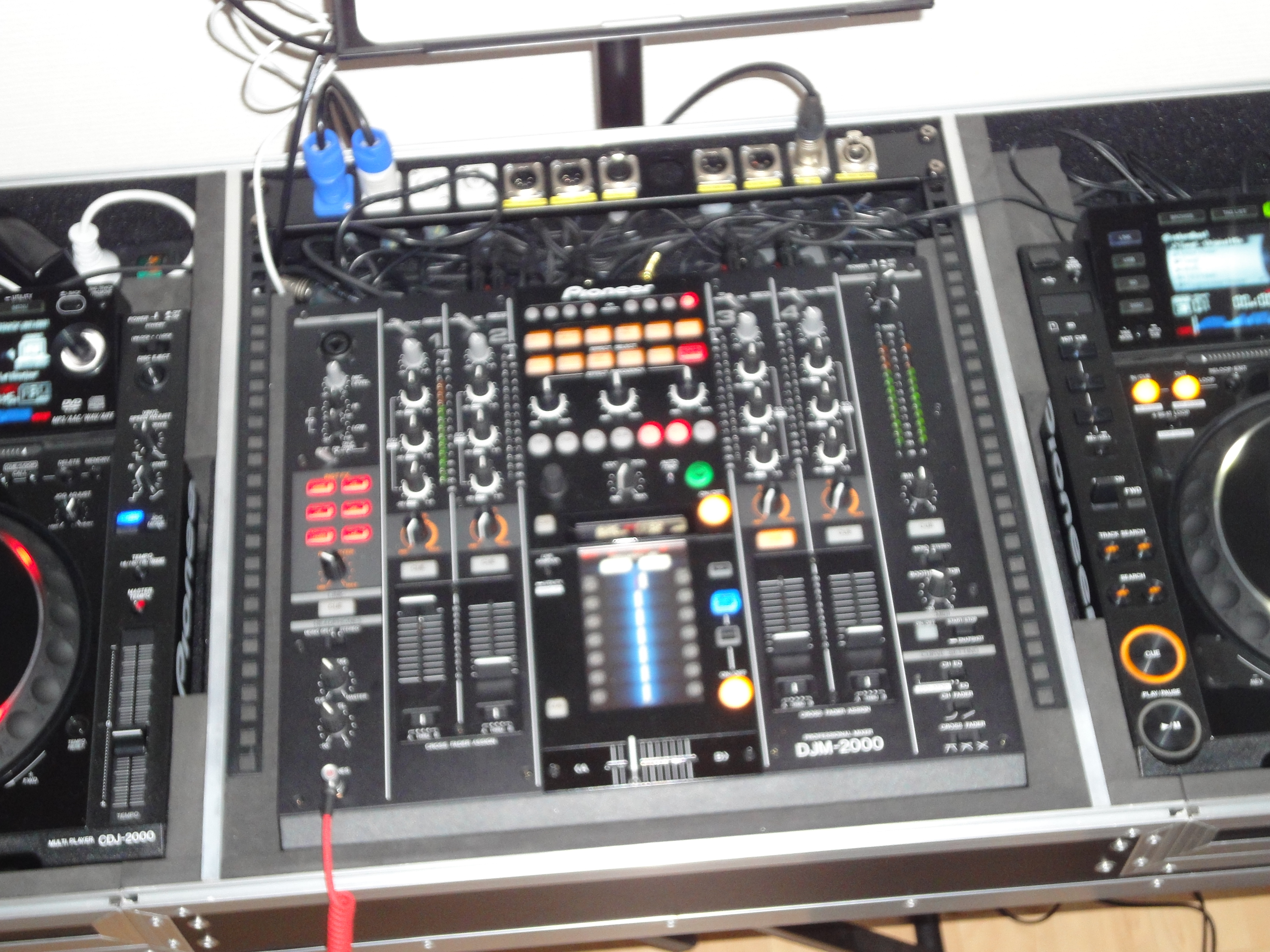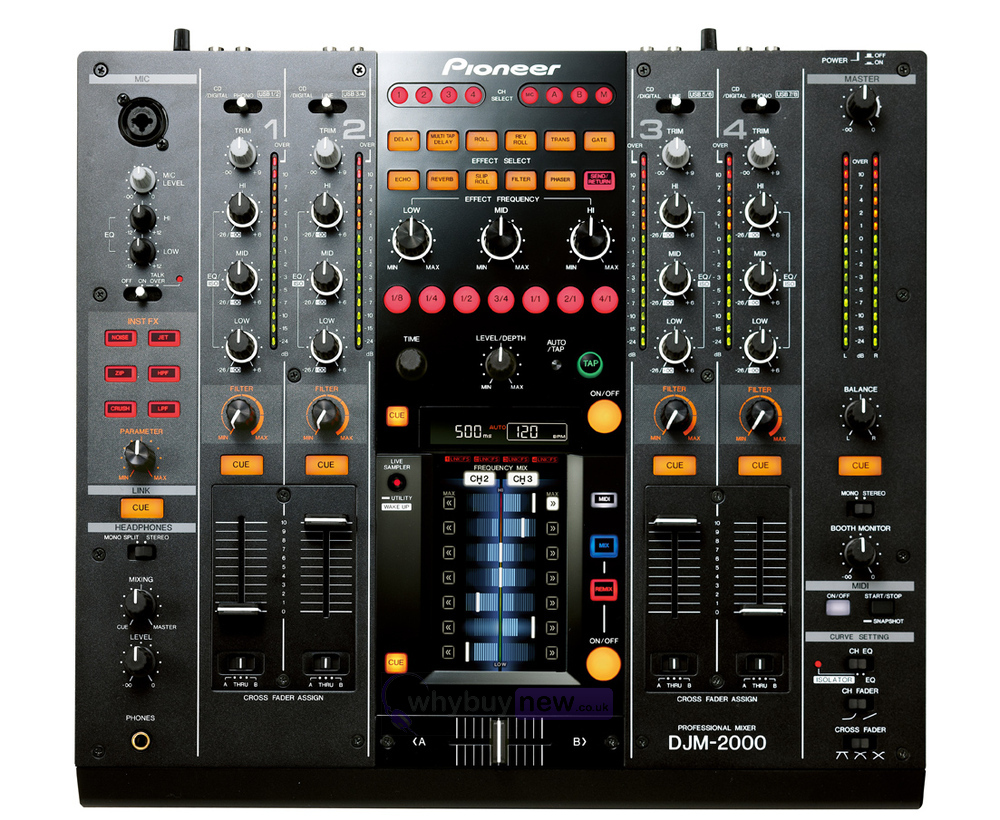
The unit is also separated into two MIDI zones: the touchscreen and the rest of the unit. Using start/stop and MIDI on/off control buttons, you can choose when to send MIDI information from the mixer and when not to.
#PIONER DJM 2000 SOFTWARE#
Using Ableton, Traktor or any other MIDI software alongside the normal functions of two CDJs and a mixer is also easy. All controls of the unit are also MIDI-mappable.Īs yet, the unit has no Traktor TSI template available, but Pioneer expects templates to be forthcoming. The inclusion of MIDI with this mixer is very thorough, with a dedicated MIDI Out port that can send MIDI clock to external devices dependent on the bpm calculator readouts. This feature alone will make this mixer a firm favourite with club DJs. This makes creating your own build-ups and drops very simple, and added fun can be had by applying the main effects over the top of the noise such as adding a Phaser or Transform effect.
#PIONER DJM 2000 ZIP#
The usual effects suspects are here including HPF, LPF, Crush, Zip and Jet, but the coolest effect is the inclusion of a noise oscillator, which can be swept onto any channel using the same channel specific Filter rotary. This isn't where the effects end, though, as Pioneer have also included six INST FX, which can be applied to each channel and controlled using the Filter Control rotaries located above each volume fader. This makes for a much more natural beat-chop effect when in the mix.Įach of these central effects can be applied to individual channels, A or B sides of the crossfader or the master channel. But, with Slip Roll, you can re-trigger the fractions from new points while the track continues underneath. The Slip Roll is a particular highlight of these effects, enabling DJs to cut a section of the track and loop it at fractions, just like a standard roll effect. There's also a three-band frequency isolator-style EQ, which allows you to fine-tune the effects to the frequencies you want and even add feedback loops and added resonance by pushing the three frequency bands to the max. The central Effects section is based on the EFX-1000 outboard effects units from Pioneer and includes a few extras such as Reverb, Slip Roll, Gate and Multi-Tap Delay. The EQ is again based on the subtle Pioneer sound, with the option of switching the EQ from either a +6dB to -26dB range to an isolator setting, which will completely kill the high, mid or low frequencies when turned fully to the left. Inside the DJM-2000 there's also a 24-bit, 96kHz, eight-channel soundcard, so it's easy to hook up a laptop and use the DJM-2000 as a multi-output soundcard and mixer without any extra external boxes or audio interfaces required. Of course, as mentioned before, this is only one way to DJ using this mixer. This makes browsing your laptop-stored music even faster.


When songs are dragged onto the DJM-2000 mixer icon, they are previewed - you can use the Link Cue function to preview tracks without having to load them to a deck.


 0 kommentar(er)
0 kommentar(er)
